
Here, a 19th century painting of Christ walking with the two disciples on the road from Jerusalem to Emmaus, by Swiss painter Robert Zünd (1827-1909)
The Road to Emmaus
Whatever purpose the two disciples had in journeying to Emmaus, certainly their original plans were entirely disrupted by the company of the mysterious teacher who broke open for them the Scriptural prophecies of the Messiah. Just as Mary Magdalen mistook the Risen Lord for a gardener, so too did Luke and Uncle Cleopas fail to recognize their Companion until the peripatetic Liturgy of the Word culminated in the Eucharistic Liturgy at the inn. Scripture informs us that often we do not recognize a visit from an angel or from God Himself until we have had time to consider the encounter; perhaps we will never know until we enter Paradise and all our personal truth is opened to us.
There is a famous painting of Emmaus which exemplifies the Western approach to sacred art. We see the three travelers from the rear walking the path toward the village, shining in the distance. Theologically, we are bidden to enter the picture, run to catch up to the trio and join them on their journey. The image demands an active participation on the part of the viewer, placing the onus on humanity to respond to divinity. The result should be a fruitful meditation on the whole experience and a renewed appreciation for Scripture and the Eucharist.
By way of contrast, the icon depicts the threesome walking directly toward the viewer; they seem in fact to be on the verge of stepping outside the image altogether to join us in our own earthly journey!
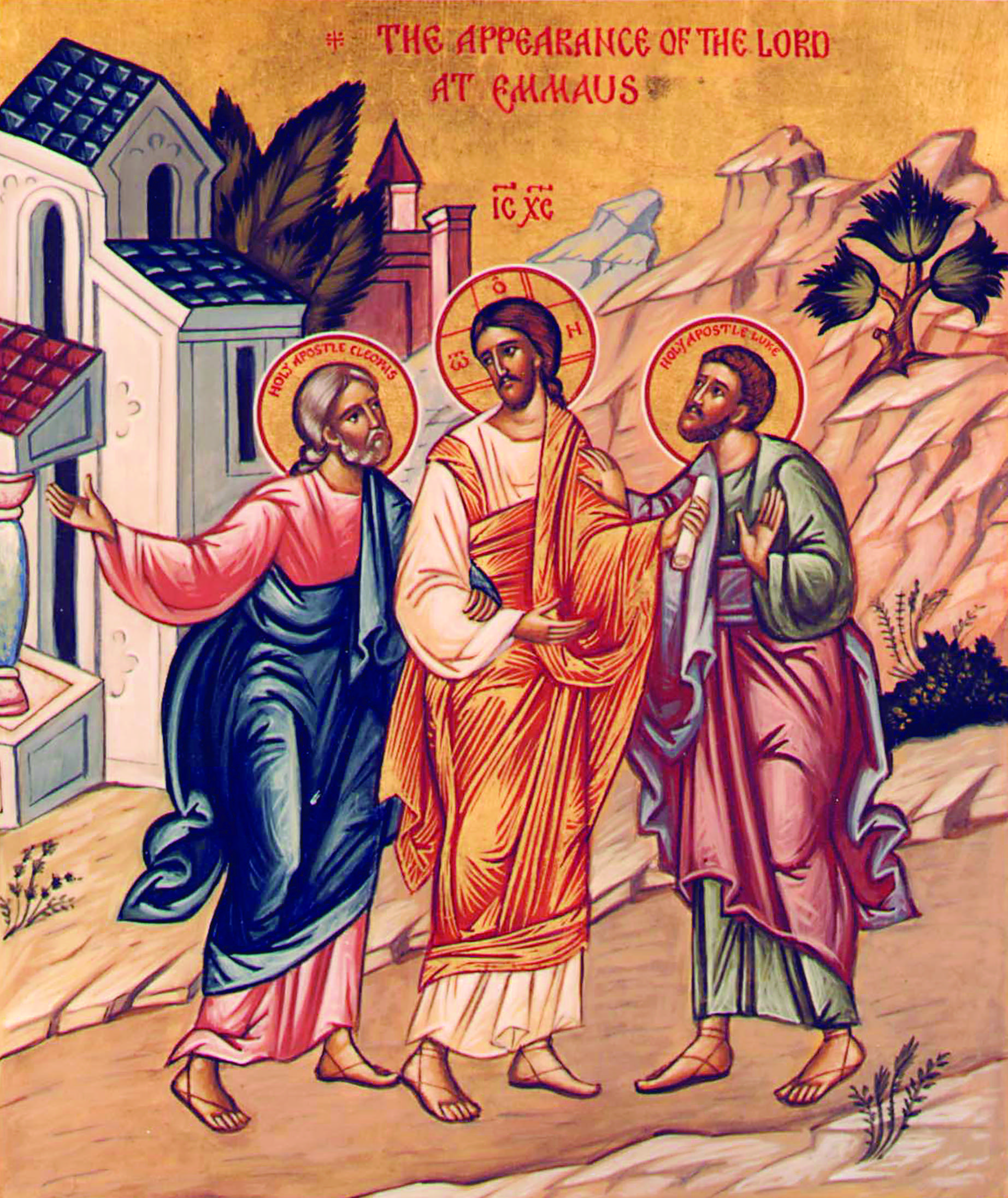
An icon from the Eastern tradition depicts Jesus walking with the two disciples on the road to Emmaus
Once again, the icon teaches the lesson that it is the heavenly powers that reach out to us and that we are helpless to achieve our salvation without the direct intervention of divine graces. The icon demands a certain passivity on the part of humanity, a quiet openness to the Holy Spirit working within our hearts. The process corresponds closely to what Western mystics would call contemplation. In the East, this is simply known as “theology.” Of course, once we have opened ourselves to the lesson of Emmaus and we have allowed Jesus, and also Luke and Cleopas, to enter our lives, we then must obviously undertake to locate Emmaus, Scripture and the Eucharist in our own lives. Following the lead of Jesus, we cannot allow the holy trio to simply come to a dead stop in our souls!
There is a further lesson to be learned. In Western meditation, we are a bit freer to allow our imagination to take us where we will in thinking about Emmaus. We may be struck by one particular prophecy or by a certain experience of the Eucharist. We can determine to some extent the direction our prayer will take.
The icon should not operate in this fashion. If Jesus takes the lead once we allow Him to join us, then we really are not at liberty to determine our own course. The only safe path to Emmaus is that of Ruth, who would not leave Naomi’s company but steadfastly went where Naomi went and lived with Naomi’s people; Ruth’s will was bent entirely to Naomi. So, too, once we embark on the road to Emmaus, our will must be that of Jesus Himself. We must go where He goes and live where He lives, even if the path leads to certain dark and ghastly earthly realms where we would not willingly go of our own accord. Church history is replete with tales of the saints, as St. Paul recounts, who were in chains, were stoned, were sawn in two; more recently, the saints are beheaded on the beach, led into gas chambers and gulags or subjected to bombs on playgrounds and airplanes. Our passive acceptance of God’s will may (and really must!) lead from adjective to noun; we are bidden to lose our lives in our own Passion and find our own specific and appropriate martyrdom.
— Robert Wiesner

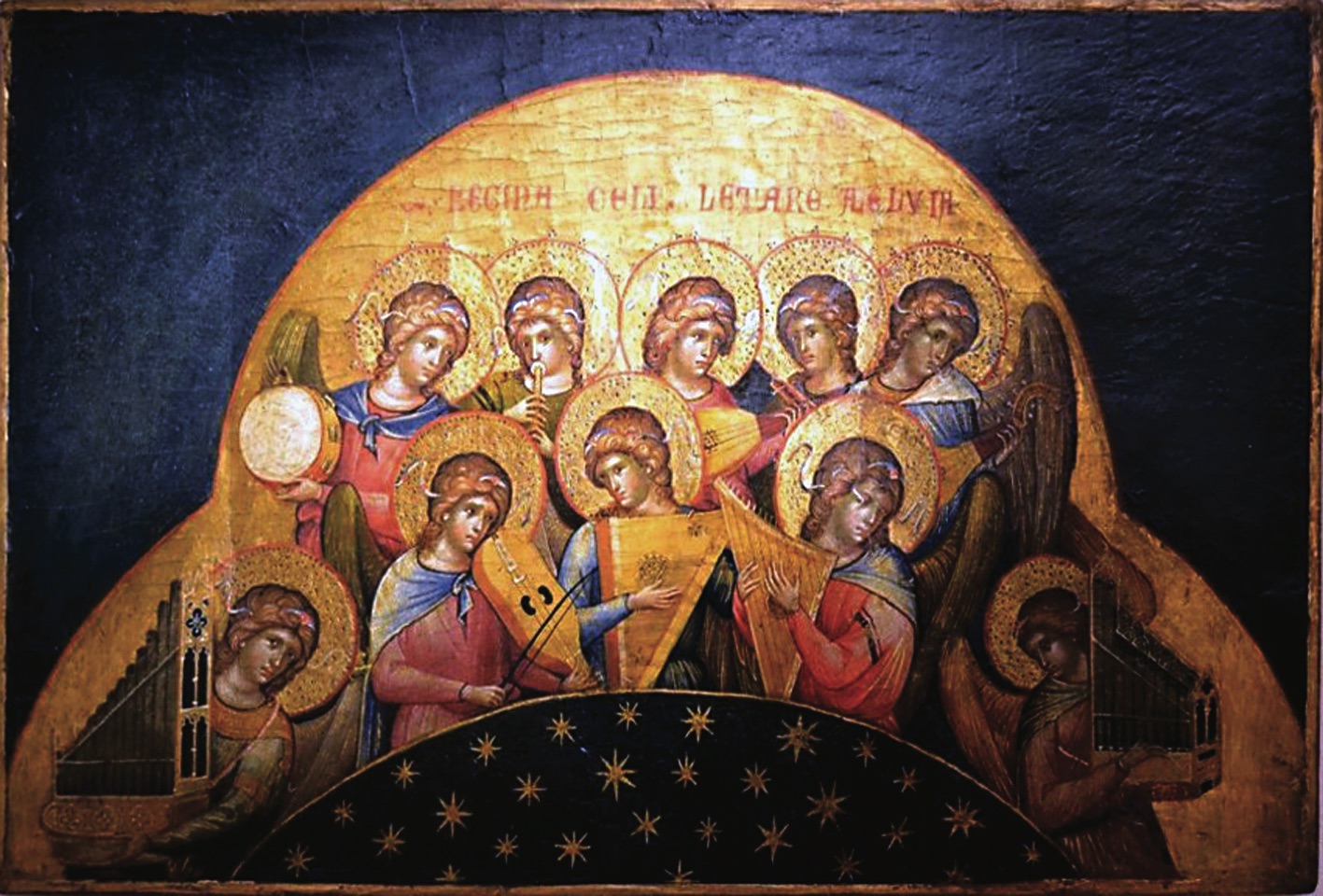
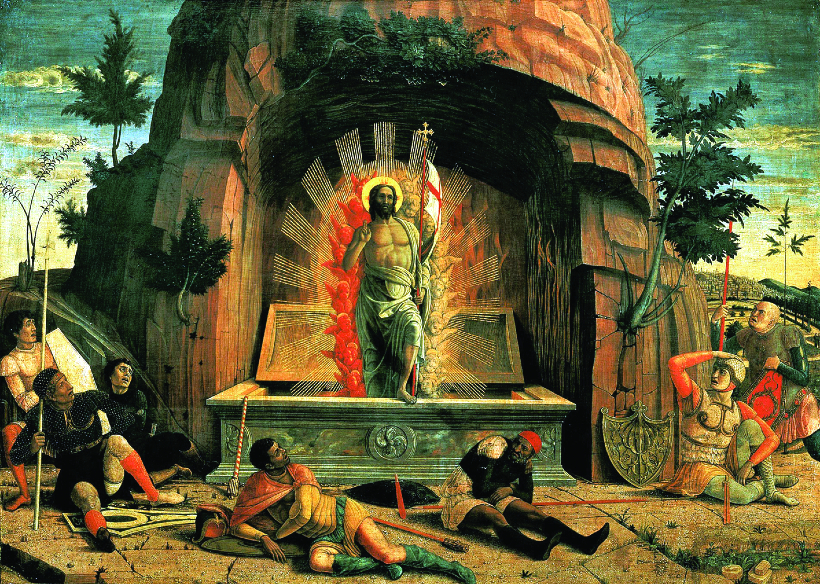

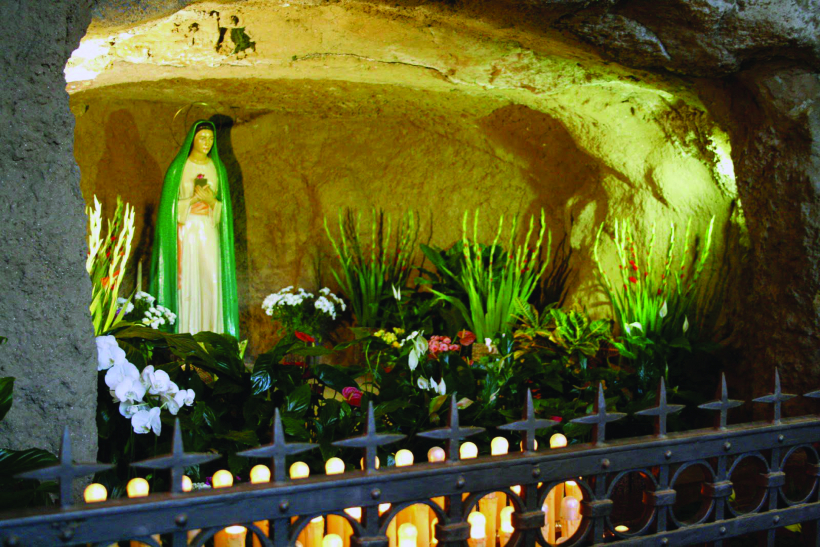
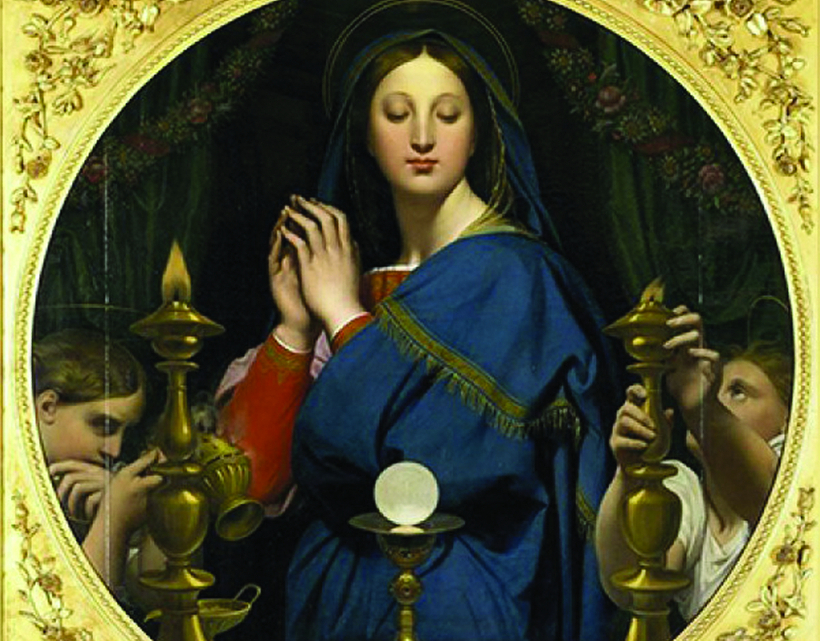
Facebook Comments